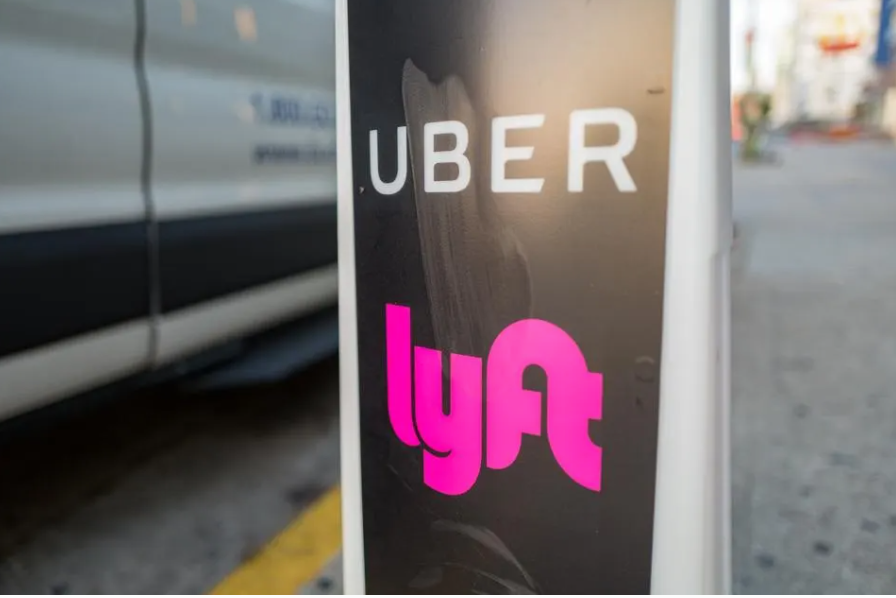COVID-19 and Employee Engagement: Key Findings from IPR and Peppercomm
- Cheryl Dixon
- Apr 29, 2020
- 2 min read
Five key findings from IPR and Peppercomm’s excellent study on how companies are engaging employees during COVID-19:
Most often, internal sources (internal executives – 69%; internal media platform/ source – 64%) and federal agencies (66%) were the top sources where communication executives were referring their stakeholders to for more information
The COVID-19 pandemic has had positive outcomes for employee engagement satisfaction, collaboration, and trust in companies. Nearly 2-out-of-3 respondents said employee engagement had increased, 60% said that employee collaboration had increased, and nearly half (49%) reported trust had increased. However, overall productivity had decreased 40%.
Only 42% of respondents have done at least “some” planning for when WFH employees return to the office. Forty three respondents reported their companies were changing the physical workspaces. Changes include: More work-from-home opportunities and flexibility, providing policies outlining the maximum number of people that can be in rooms/shared spaces at one time and less business travel
Overall, 93% of respondents said their company was handling the COVID-19 crisis effectively, with 9-out-of-10 reporting (89%) their company is keeping employees well informed. However, 70% of respondents disagree with the statement that their company was focused on putting people before profits.
Health guidelines and policy changes are the most communicated topics to employees. Safety guidelines (84%), COVID-19 updates (79%), and new organizational policies and procedures (75%) were the top three topics communicated to employees. Nearly two-thirds (65%) said their company communicated information about employee mental health.
My Key Takeaways:
These findings reinforce the need for senior executives to be informed and aligned with messaging and action steps, including how and when to guide stakeholders to reputable sources for external information. There seems to be a clear correlation between effective leadership communication and trust.
As planning is underway for transitions back to work, “crisis” communication is now morphing into a need for change management and supporting messaging to all key audiences. It’s important to consider NOW what the “new normal” might look like and consider different scenarios around flexible work locations, changes in job responsibilities, business focus and new operational procedures.
The report states that there is also a massive uptick in online communication and video-sharing so people are connecting in new ways and intentionally reaching out., also affecting the trust, collaboration and engagement scores. I personally hope that the changes in our communication styles will continue far beyond the pandemic.
View the full report: View the full report: https://instituteforpr.org/how-companies-are-engaging-employees-during-covid-19/





Comments